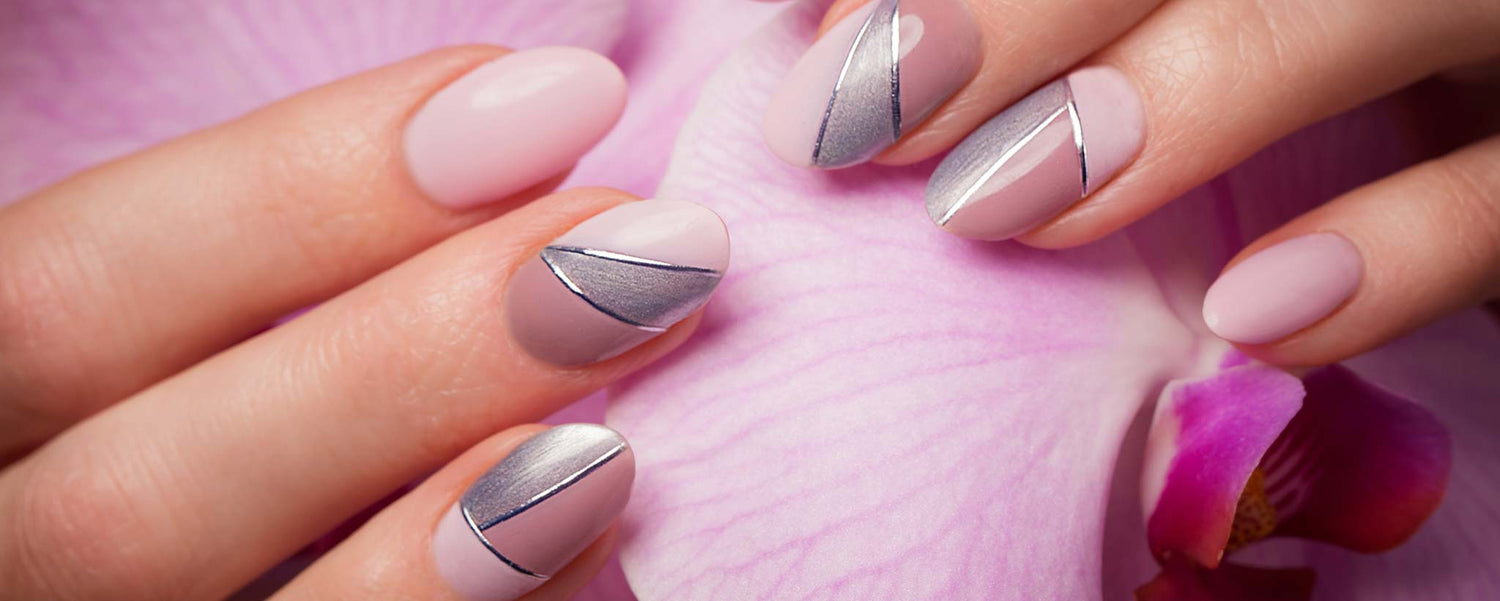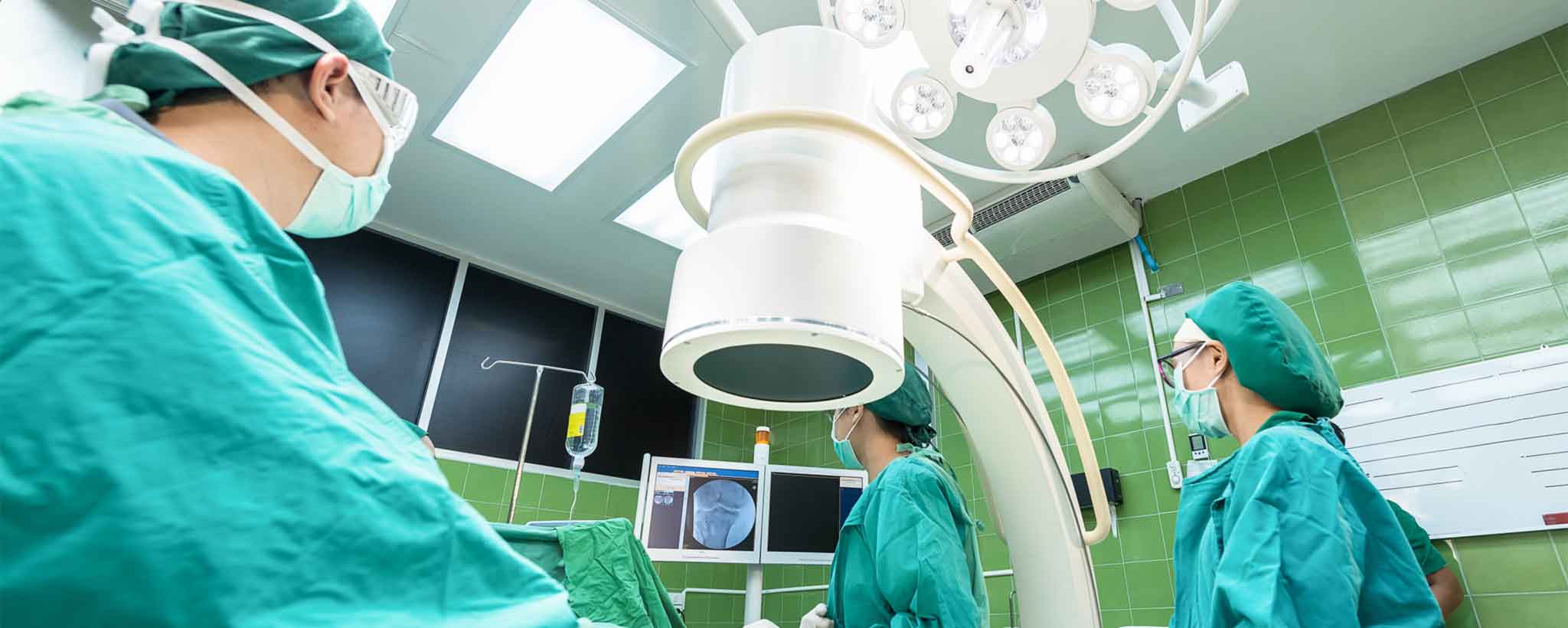Manicures and Health
What woman does not love the admiration of long, well-manicured fingernails? A manicure is often an indulgent reward of pampering after a long hard week. But some workers exercise restraint—notably those in the healthcare and food service industries.
Various state and government agencies like the Centers for Disease and Prevention (CDC), World Health Organization (WHO), National Health Service (NHS) in Europe, and hospitals across Australia provide guidelines aimed at preventing the spread of disease.
The translucency of natural nails allows us to see the lunula—a measurement of health—and debris embedded beneath nails. Therefore workers handling patients or food can take appropriate action and scrub them clean. Colored nails hide pathogens beneath them. Ideally, you can see whether the nails of those serving you are clean.
We have heard stories of patients sewn up with surgical instruments left inside. There is fear that dislodged artificial nails could end up within patients as well. Even clear coatings can chip or peel, transferring contaminants to others.
Common Objects Left Within Patients
The consequences of having surgical tools left inside a patient’s body vary from harmless to fatal. The most common objects left inside a patient are needles and sponges. Conspicuously absent from the list below are fingernails.
- Clamps
- Drain Tips
- Forceps
- Guide Wires
- Measuring Devices
- Needles
- Scalpels
- Scissors
- Scopes
- Sponges
- Surgical gloves
- Surgical masks
- Towels
- Tubes
- Tweezers

The cost of errors—including unreimbursed Medicare payments, plus legal and surgery fees—can range from $166,000 to more than $200,000 per incident.
Imagine a restaurant worker discovering one less artificial nail after mixing ground beef or stir-frying chow mein. Diners have allegedly found fingernails in everything from hamburgers to nachos.

Alleged fingernail discovered within fast food hamburger.
Where Are Clinical Studies?
“There are no clinical studies that demonstrate cross-transmission of a healthcare-associated pathogen from a healthcare provider to a patient [via sleeves or clothing]. We did hear that there is evidence demonstrating transmission to pig skin and mannequins, as far as I know, none of them were infected,” quips Neil O. Fishman, MD, an infectious disease physician at the University of Pennsylvania in Philadelphia.
Any clinical study funding is based on long-term benefits versus risks. Thinking through possible study parameters, there is little incentive and great risk. Who would fund the following research?
Clinicians
- With bacteria beneath polished nails
- Without bacteria beneath polished nails
- With bacteria beneath unpolished nails
- Without bacteria beneath unpolished nails
Subjects (immunocompromised/not)
- Infants age 0–2
- Adults age 25–35
- Elderly age 60–70)
What medical setting will assume the liability of subjecting patients to potentially harmful pathogens like MRSA, S. aureus, E. faecalis, E. faecium, P. aeruginosa, S. marsescens, E. coli, K. pneumoniae, Acinetobacter spp, Enterobacter spp, C. albicans, C. parapsilosis, and A. fumigatus?
Are clinicians going to apply bacteria beneath the fingernails of healthcare workers? Will they advise a group not to wash their hands after visiting the toilet? Perhaps physicians will be told to conduct business as usual for a while with and without nail polish. Measure the amount of dislodged debris and record patient complications. Does the risk outweigh the benefit?
Half of the 16 deaths… were apparently due to contamination from long fingernails.
If we are to conclude there is no incentive for knowingly or unknowingly infecting patients, what about analyzing historical data? Identify outbreaks and immediately swab fingernails—keeping a tally of those with and without nail polish.
Epidemiologists investigated the outbreak of bacterial infection at Children’s Hospital. They found that about half of the 16 deaths from January 1, 1997, to March 12, 1998, were apparently due to contamination from long fingernails. Might hospital administrators sense potential liability? With only the vague rewards of tax deduction and greater insight, who is likely to fund such research?
Guidelines For Hand Hygiene
Out of an abundance of caution—not double-blind clinical studies or formal legislation—many healthcare facilities provide hand hygiene guidelines for workers:
Healthcare Providers
It is recommended that healthcare providers not wear artificial fingernails or extensions when having direct contact with patients at high risk (e.g., those in intensive-care units or operating rooms). Keep natural nail tips less than ¼ inch long. —Centers For Disease Control and Prevention
Bare Below the Elbows (BBE)
The NHS in the United Kingdom has issued a guideline for bare below the elbow. Biologic plausibility could be considered sufficient if all three of the following criteria are fulfilled: (1) there is potential for benefit; (2) there is no risk for harm; and (3) there is minimal cost. BBE is an implementation that fulfills all three criteria. Nonetheless, the lack of high-level evidence would make a mandate of BBE difficult. —Hospital Infection Control
The effectiveness of hand hygiene is improved when: skin is intact, fingernails are natural, short, unvarnished, and clean. Artificial nails (gel or acrylic) should not be worn. Hands and forearms are free of [jewelry] and sleeves are above the elbow. —Australian Government
State Food Safety Resources
Fingernails can easily trap dirt and pathogens. Because of this, fingernails should be kept short and clean. When washing your hands, be sure to take time to scrub underneath your fingernails. This helps remove trapped dirt. If a food worker chooses to wear nail polish or artificial nails, gloves must be worn whenever they are working with food. This will help prevent the nail polish from chipping or an artificial nail from falling into the food. —StateFoodSafety
When I visit a restaurant, I am conscious of the fingernails of servers. If they are natural, are they clean? If they are painted, yikes! Again, are they clean? Should those being served as diners or patients have to wonder about cleanliness?
What will you do to minimize transmission of disease in healthcare settings? There is no ban on manicures. But beyond snipping cuticles and nail buffing, how far should you go as a healthcare or food service worker to prevent malpractice suits and help everyone remain healthy? Perhaps you are better off splurging on a pedicure.
To support the writing of useful articles about cosmetology, ClinicalPosters sells human anatomy charts, scientific posters, and other products online. You may sponsor specific articles or remit a small donation.
ClinicalPosters sells human anatomy charts, scientific posters, and other products online to offset expense of the writing useful articles about cosmetology. Slide extra posters into DeuPair Frames without removing from the wall.
Show your support by donating, shopping for ClinicalPins, or leaving an encouraging comment to keep the research going.
To support the writing of useful articles about cosmetology, ClinicalPosters sells human anatomy charts, scientific posters, and other products online. You may sponsor specific articles or remit a small donation.
ClinicalPosters sells human anatomy charts, scientific posters, and other products online to offset expense of the writing useful articles about cosmetology. Slide extra posters into DeuPair Frames without removing from the wall.
ClinicalPosters sells human anatomy charts, scientific posters, and other products online. You may remit a small donation.
You can support the writing of useful articles about cosmetology by sponsoring specific articles or remitting a small donation. Visible content is optimized for device size.







